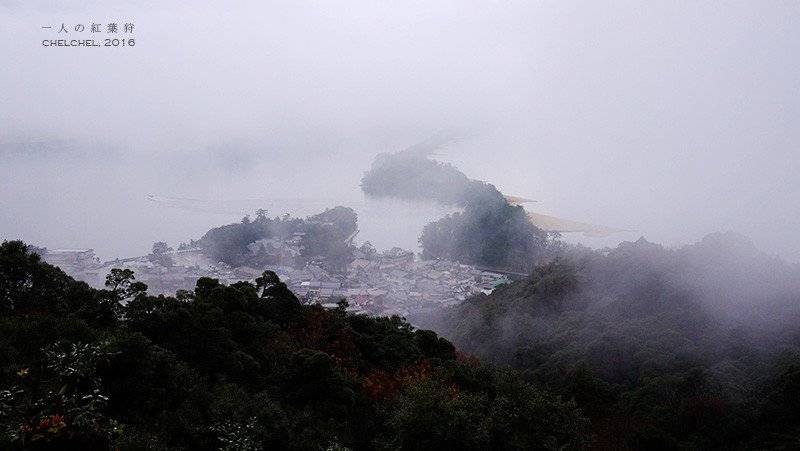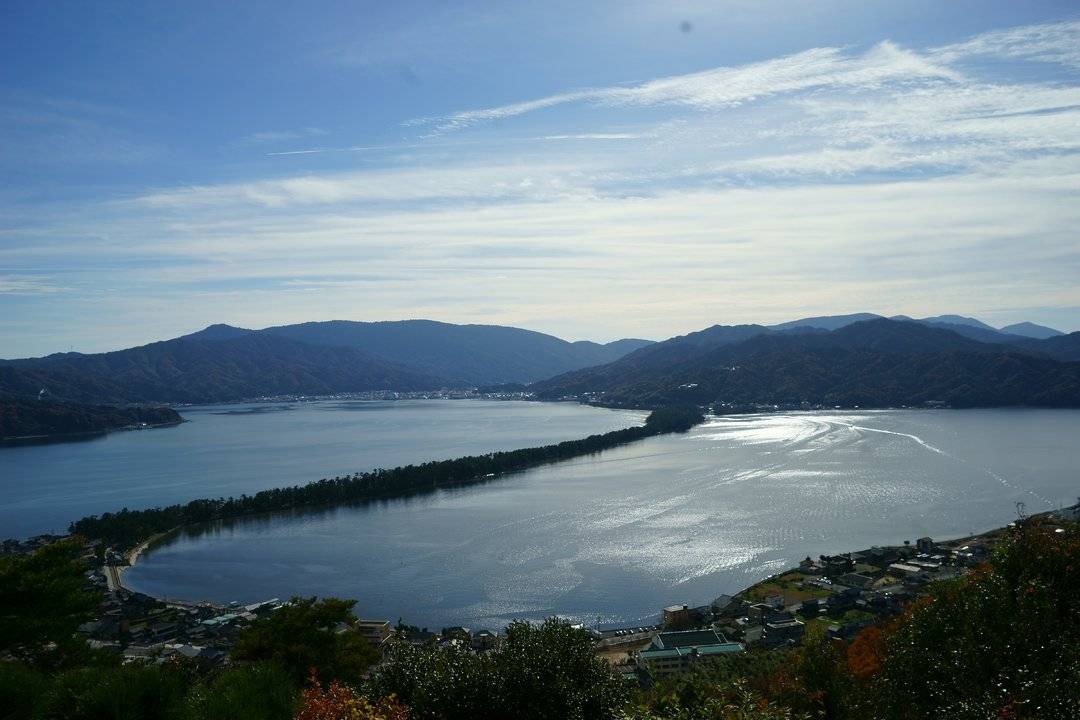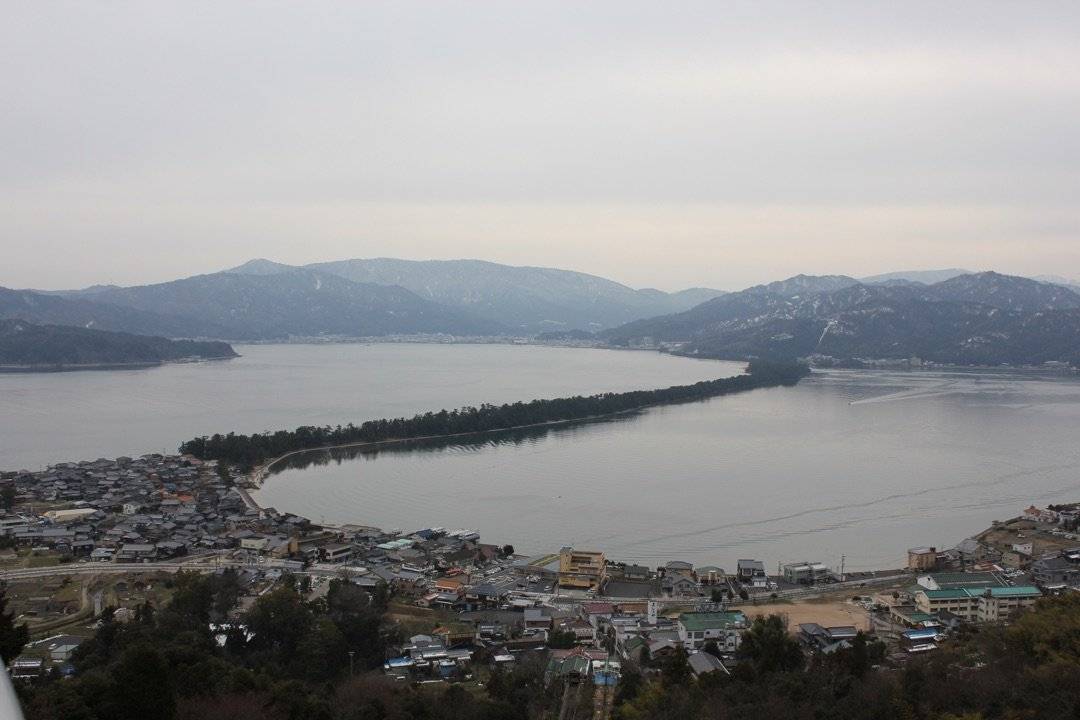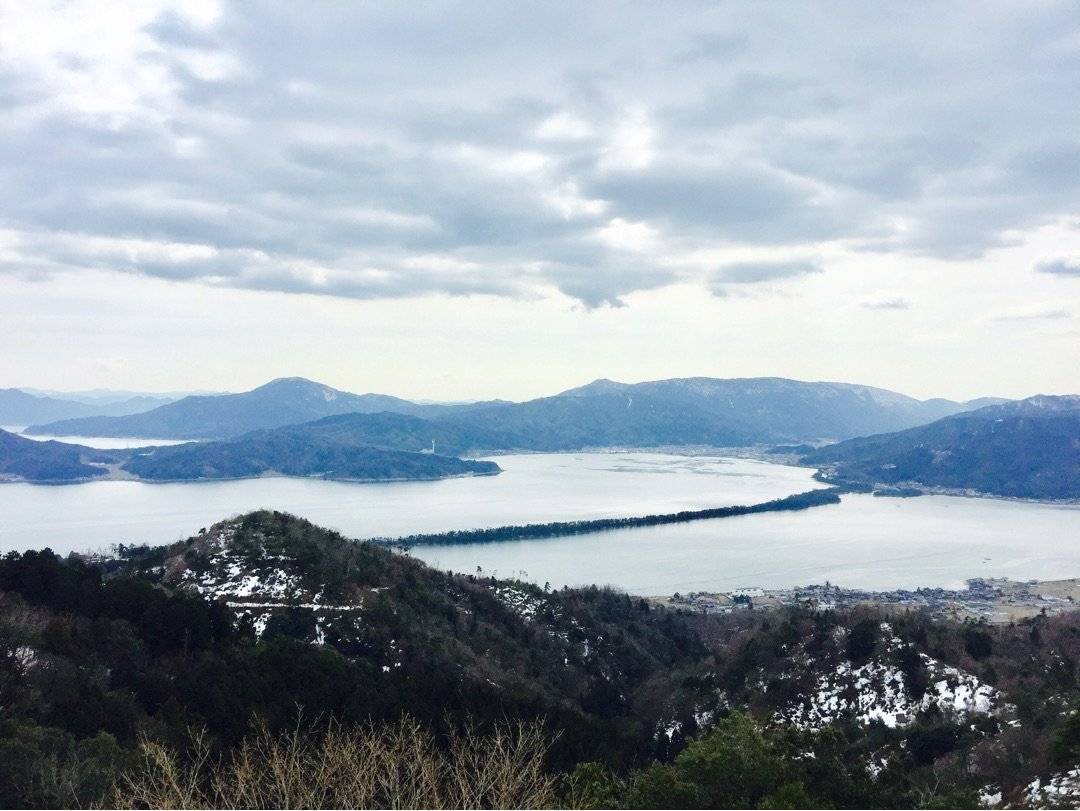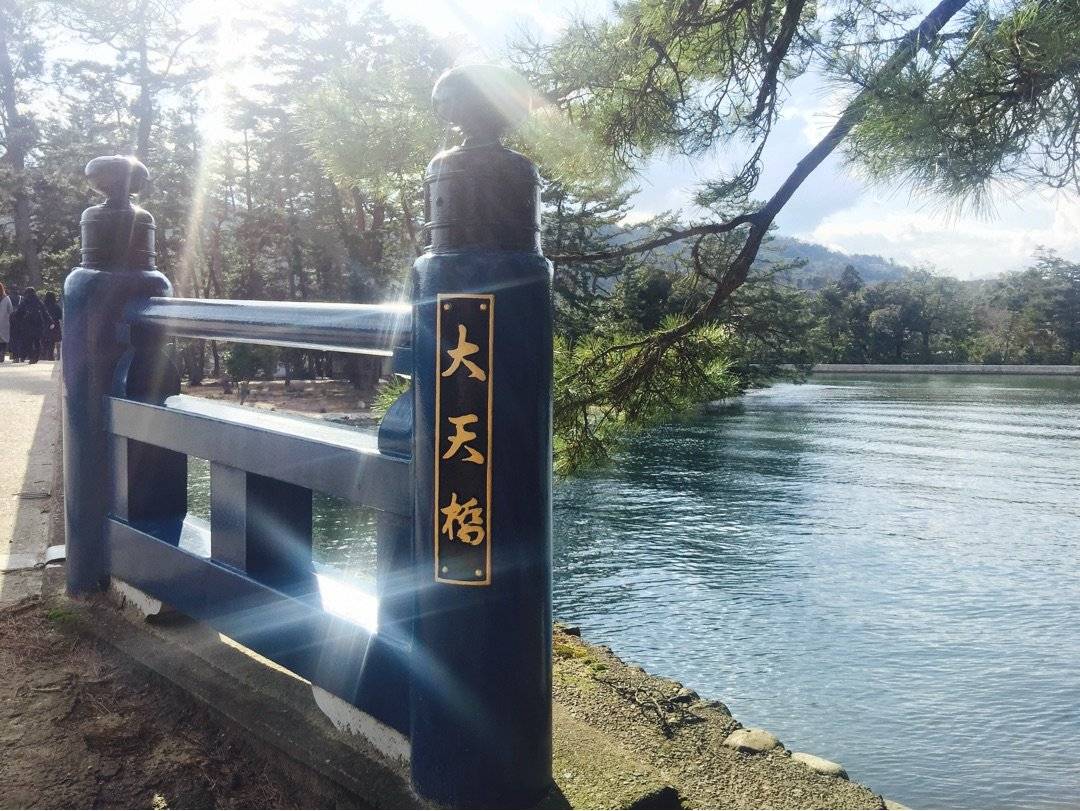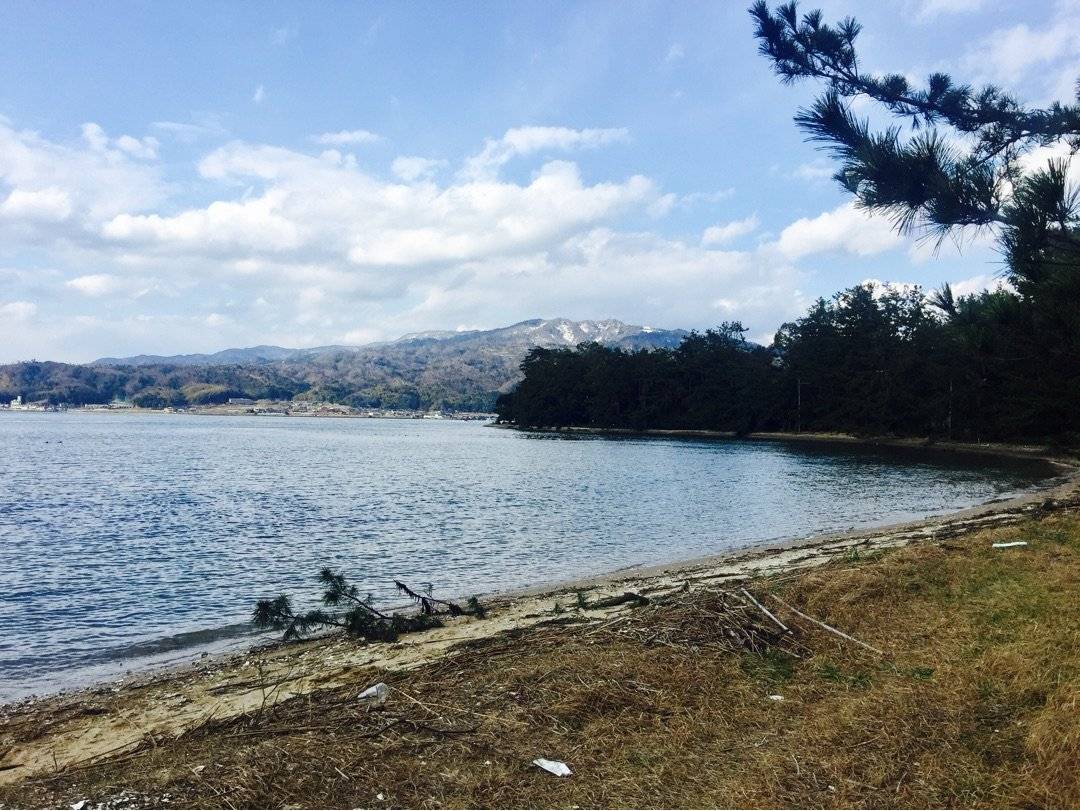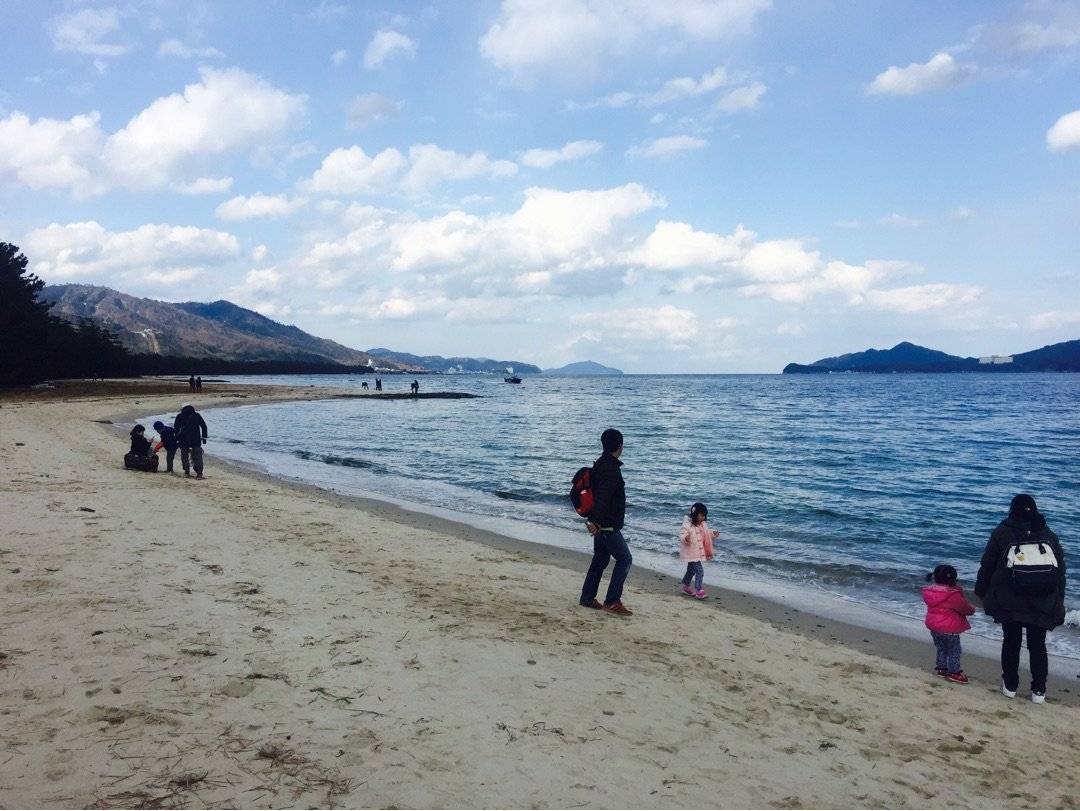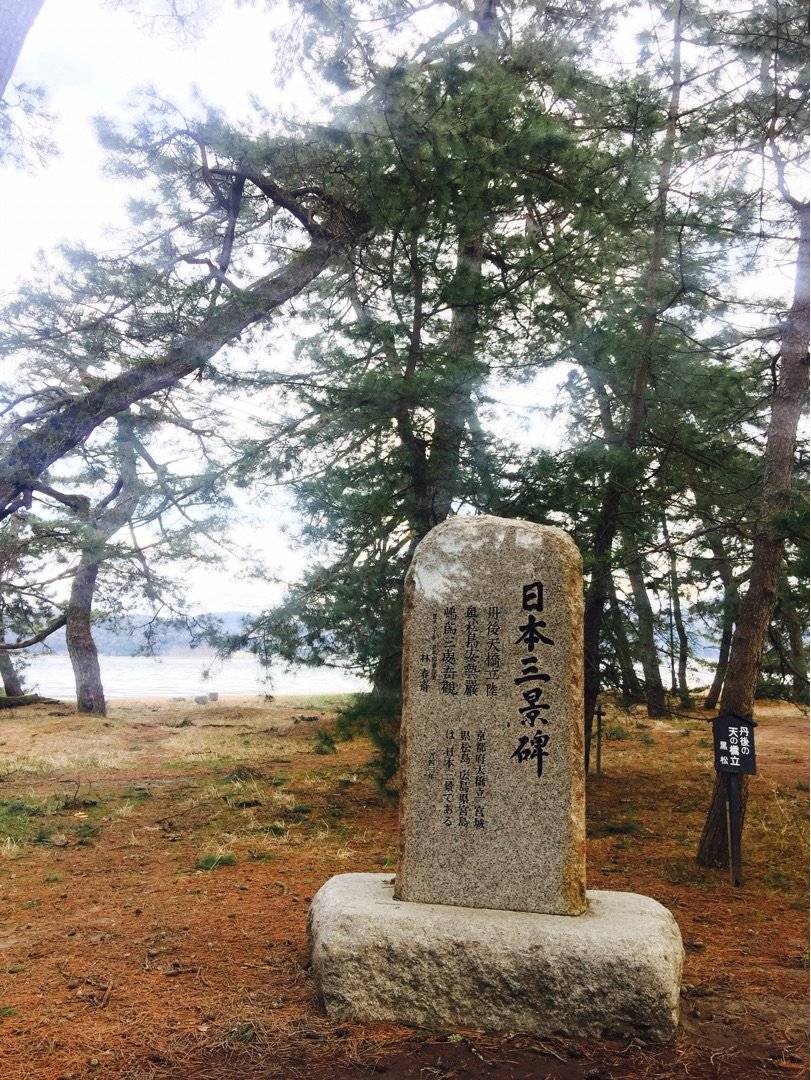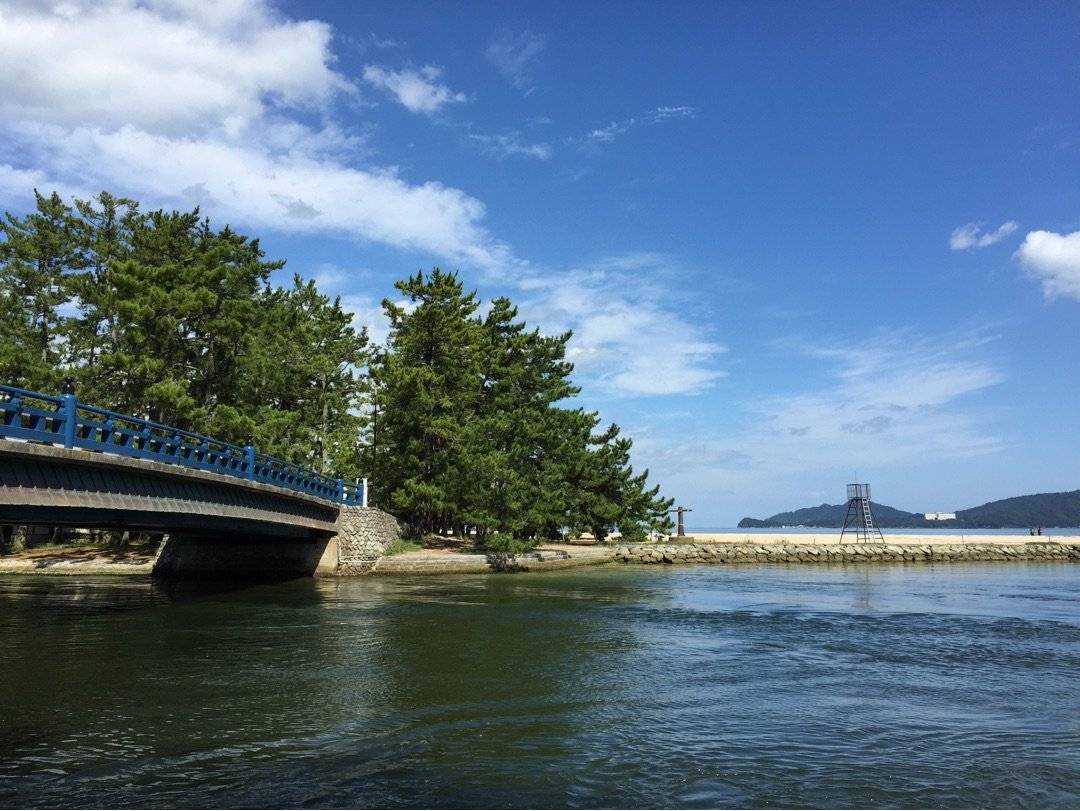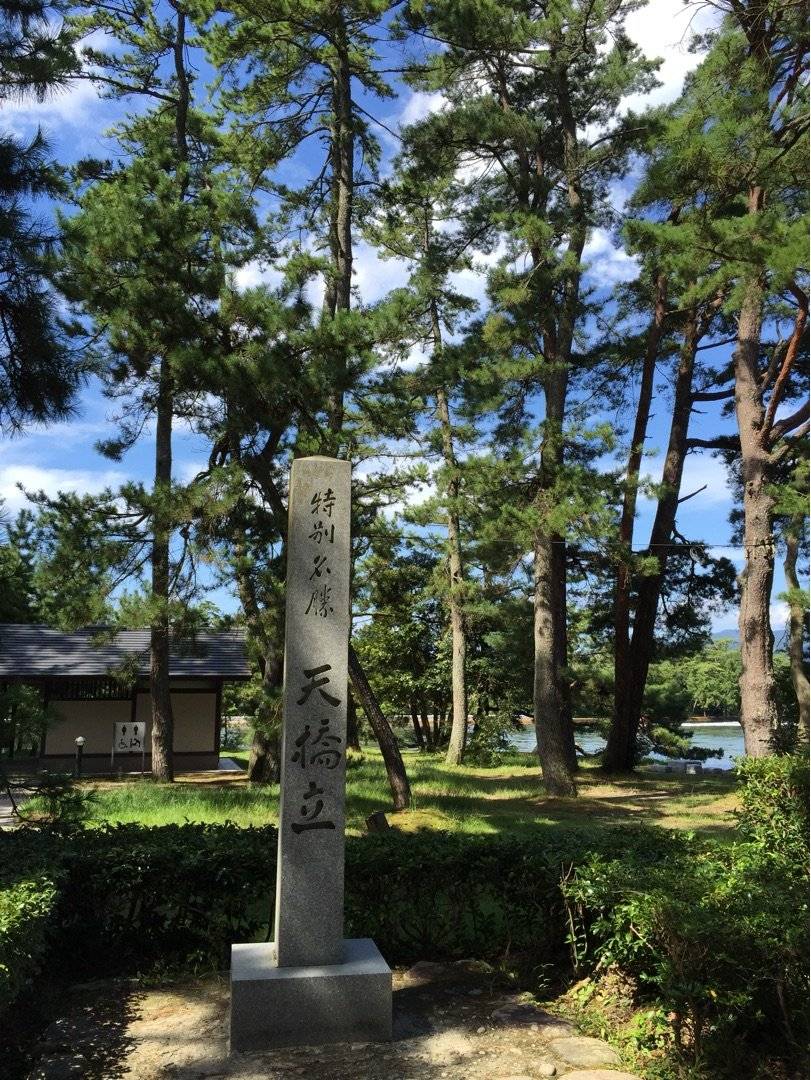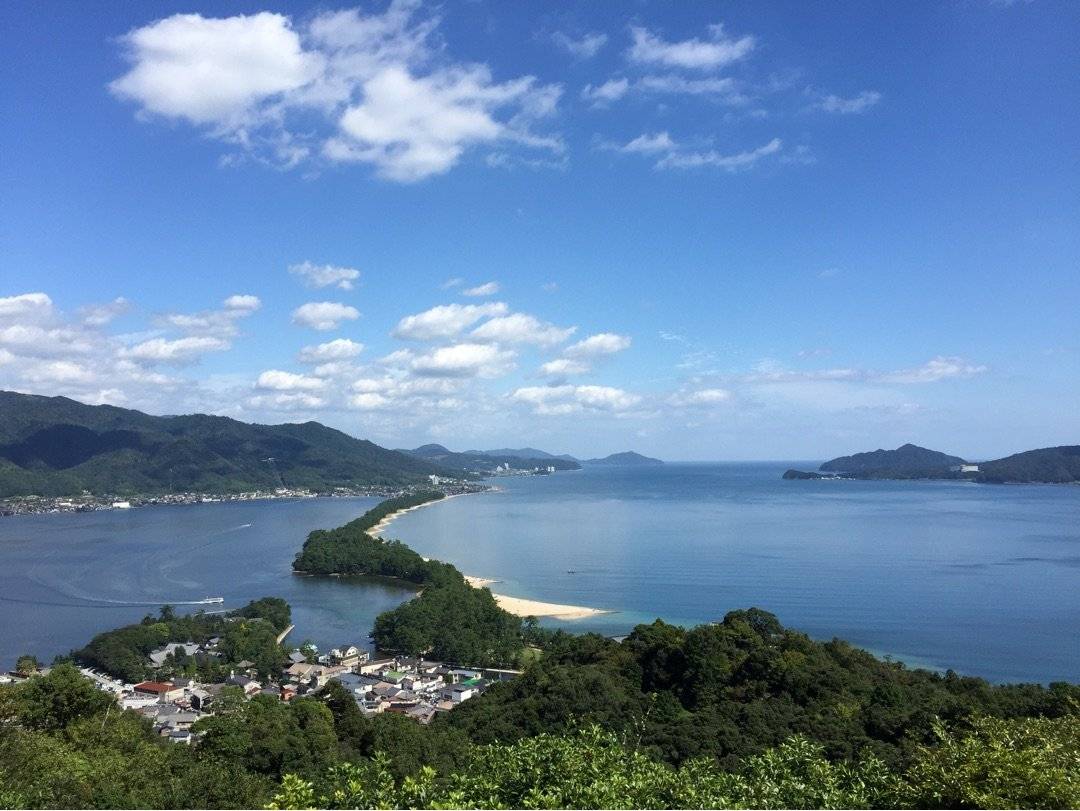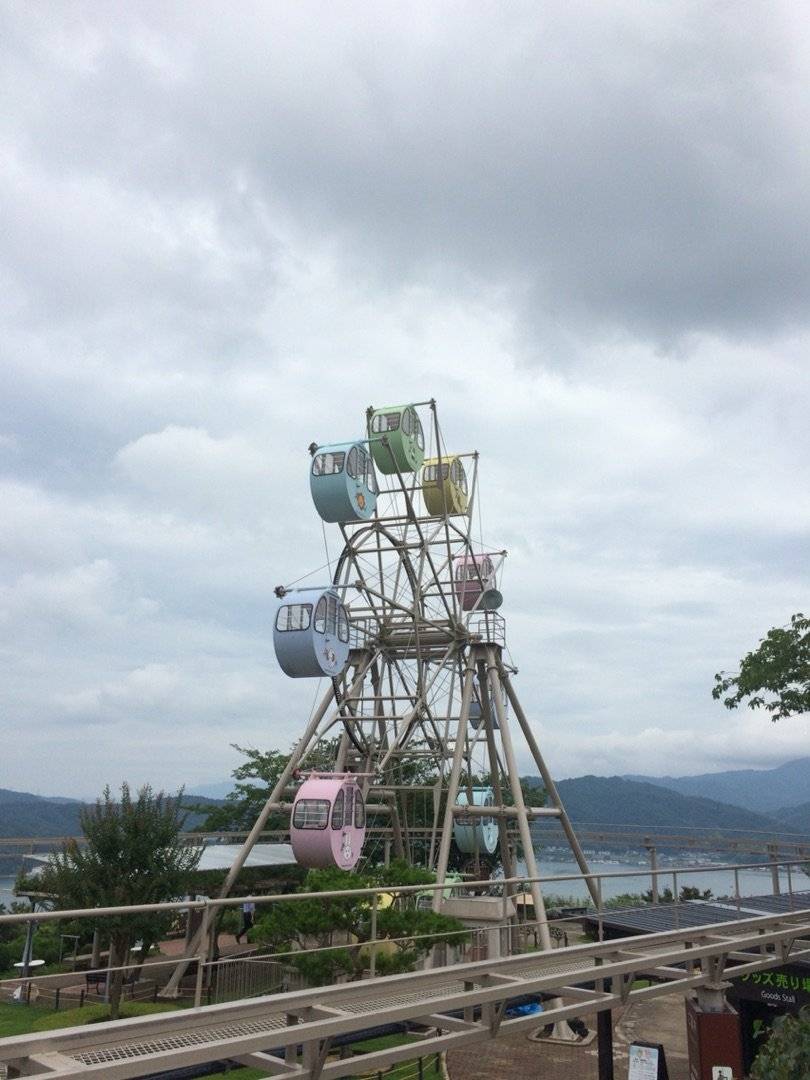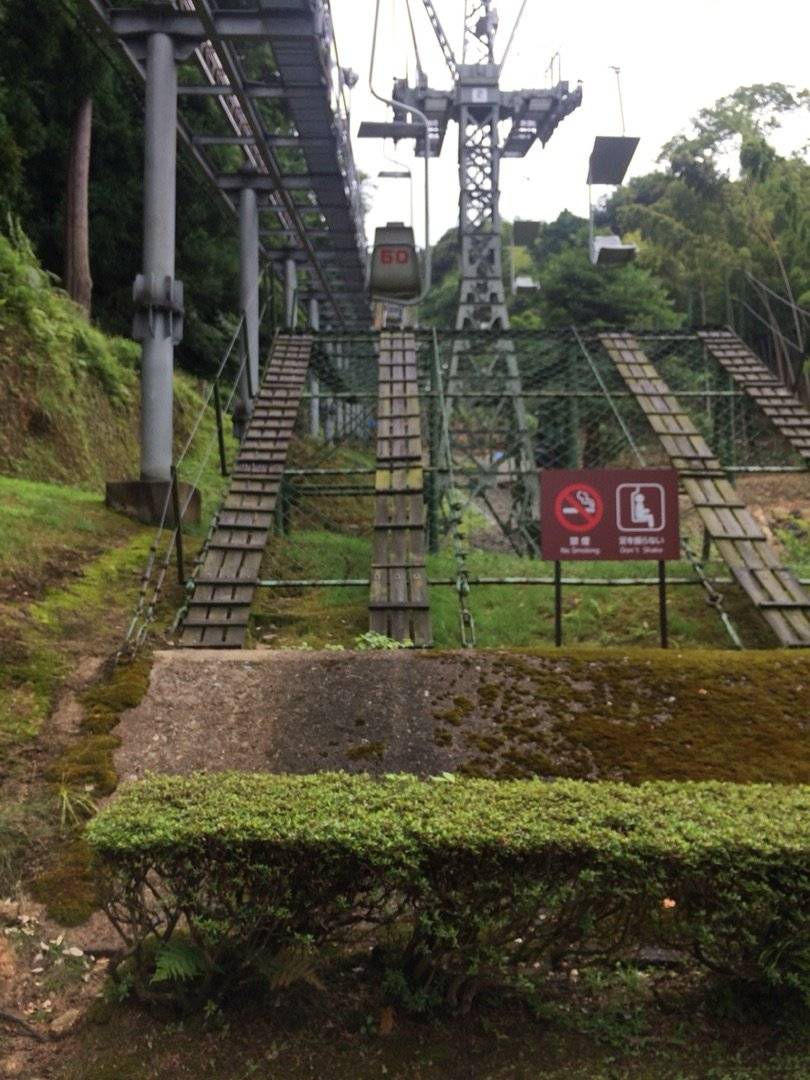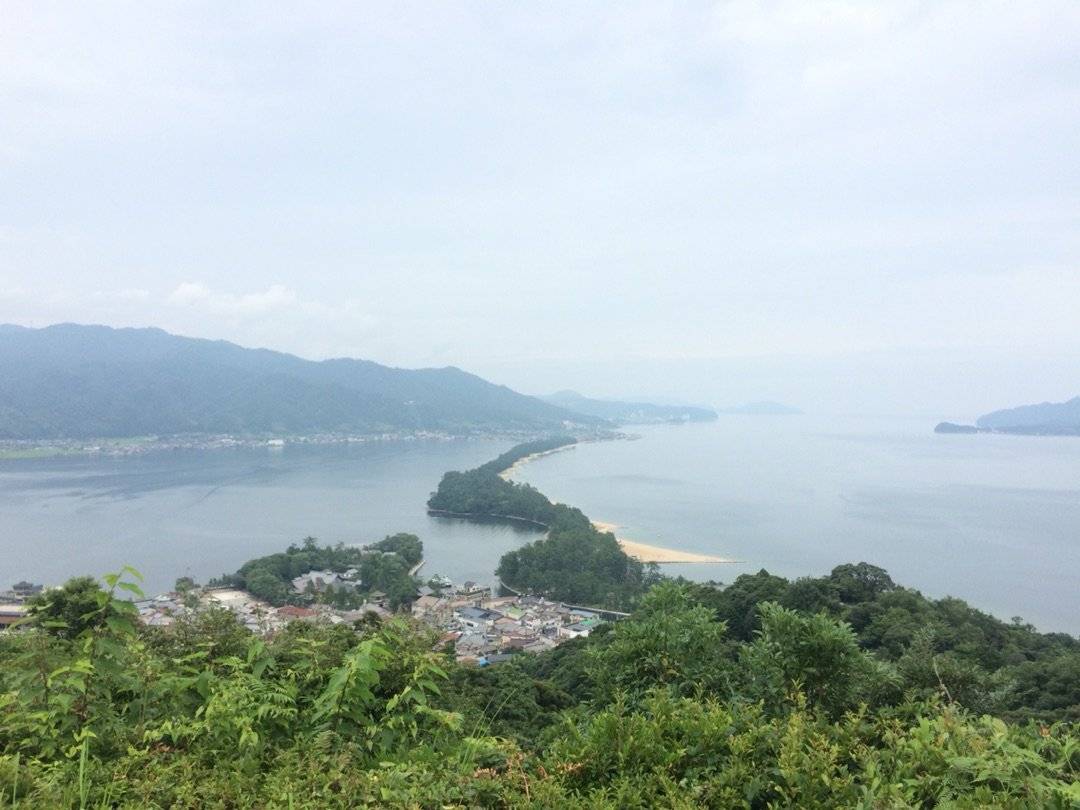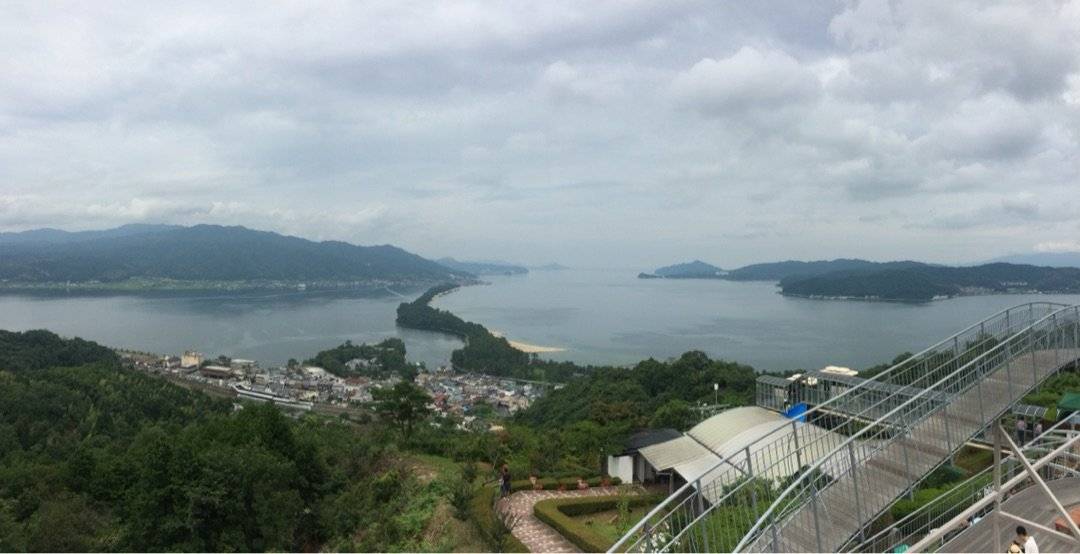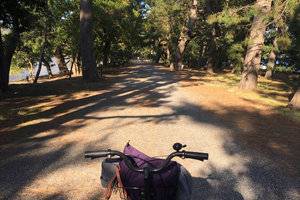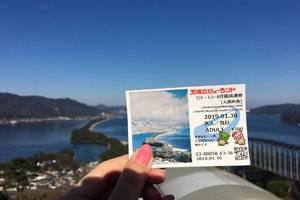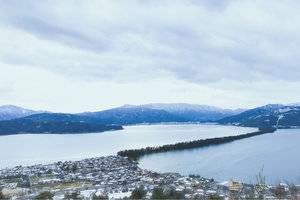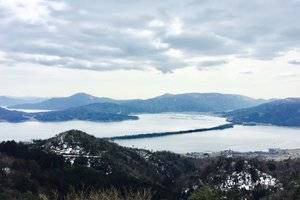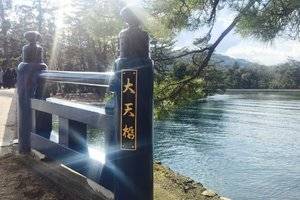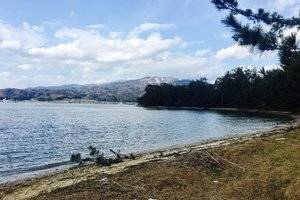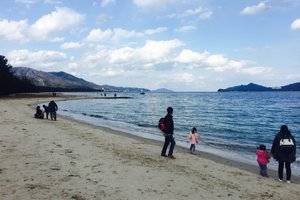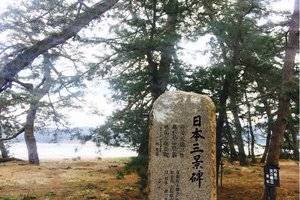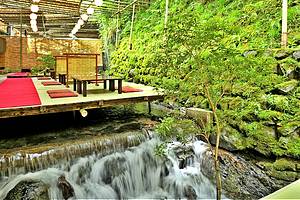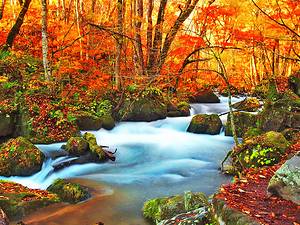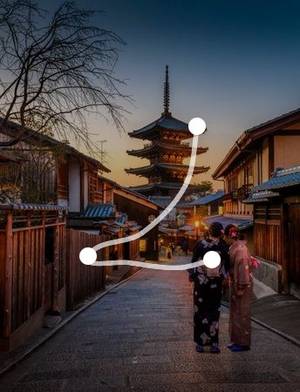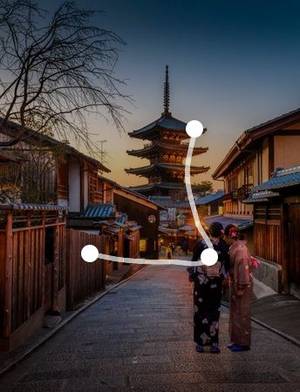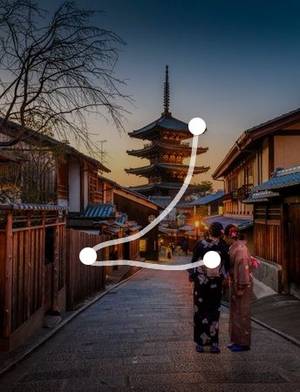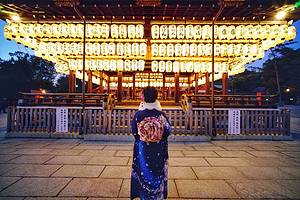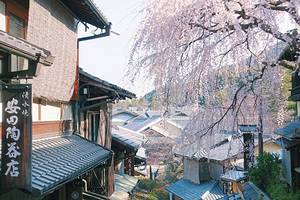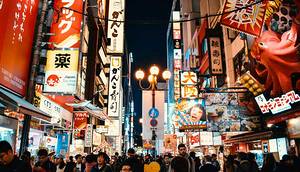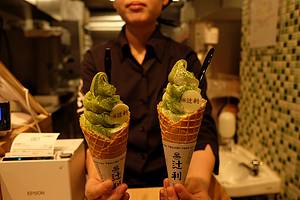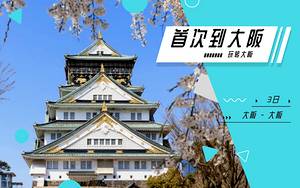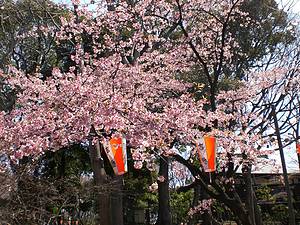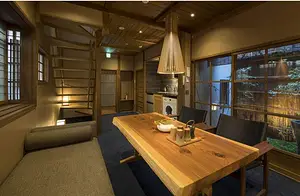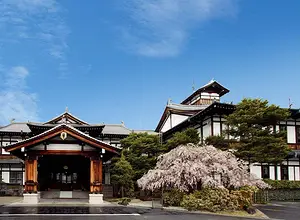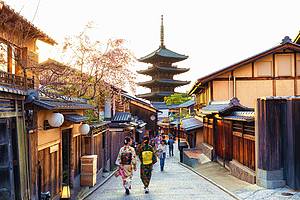Amanohashidate, A Serene Bridge to Nature's Wonders
Miyazu City, Kyoto Prefecture, Amanohashidate
4.5
Introduction
One of Japan's famous three scenic spots is Amanohashidate, with the other two being Matsushima in Matsushima Town, Miyagi Prefecture and Miyajima in Hatsukaichi City, Hiroshima Prefecture. The title can be traced back to "Nippon Gukijikou," a book written by Japanese Confucian scholar Rinshunsai in 1643. Amanohashidate is a sandbar approximately 3 kilometers long and 40-100 meters wide, extending from the Eshima Peninsula on the west bank of Miyazu Bay to the bay itself, created by tidal currents. Along this sandbar are planted over 8,000 pine trees.
In Japanese mythology, Amanohashidate was once considered a ladder to the sky and was constructed by the male deity Yatanokami in order to reach the residence of the goddess Iyenanami in the northern part of Kushibeki Seaside known as Manaihara. However, the bridge later collapsed, severing the connection between the human and mystical worlds.
From the top of Mt. Monju, there is an observation deck where visitors can enjoy the scenery of Amanohashidate. Tourists can choose to take a cable car or hike to the top. Additionally, they can also walk or ride a bike through Amanohashidate to fully experience its beauty. Address Miyazu City, Kyoto Prefecture, Amanohashidate
Transportation Take the Hashidate Limited Express train of the Kyoto Tango Railway from JR Kyoto Station and get off at Amanohashidate Station.
 Unique scenery
Unique scenery